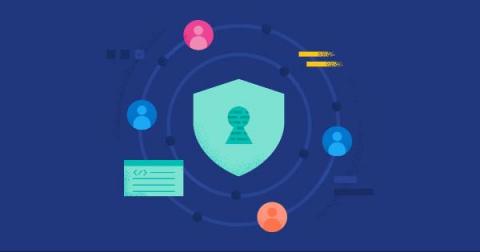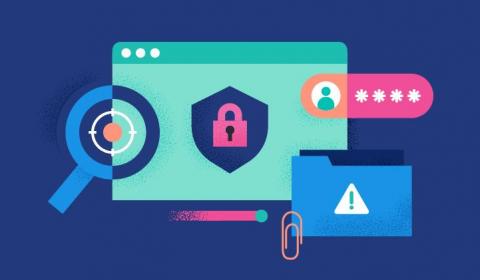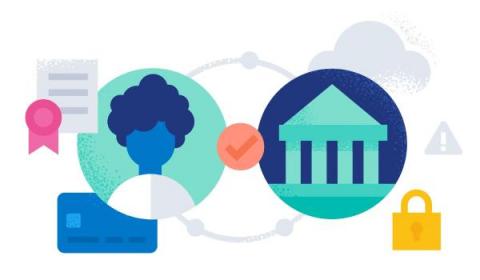Elastic Security in the open: Empowering security teams with prebuilt protections
Elastic Security now comes with 1,100+ prebuilt detection rules for Elastic Security users to set up and get their detections and security monitoring going as soon as possible. Of these 1,100+ rules, more than 760 are SIEM detection rules considering multiple log-sources — with the rest running on endpoints utilizing Elastic Security for Endpoint.









